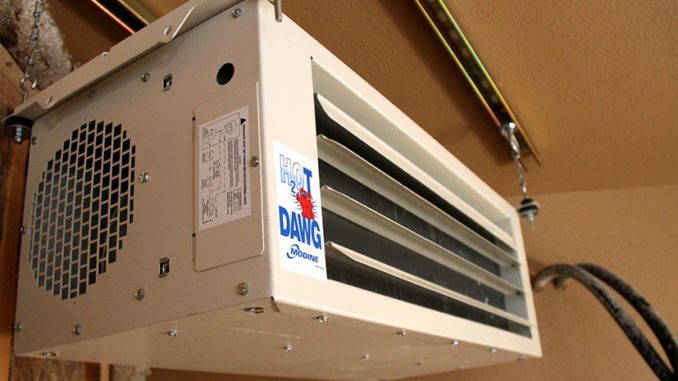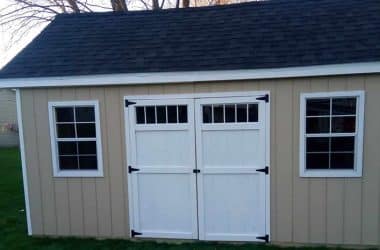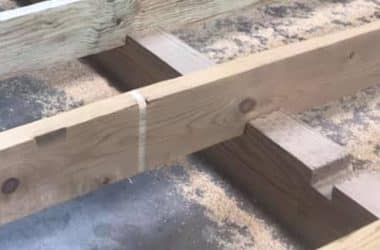
In the winter, that means having an efficient and effective heating solution. For homeowners in warmer climates, cooling solutions are a must during the spring, summer, and maybe even fall months.
Efficiently and effectively heating a shed is the key for both homeowners and contractors alike.
While residential furnaces provide the necessary heat for a shed, they sit on the floor and take up ample space. In addition, installation can be complicated because they require ductwork to distribute the air properly.
With square footage being an important aspect of sheds, unit heaters and ceiling cassettes provide great solutions for homeowners.
COOLING AND HEATING SHEDS
Unit heaters provide a permanent heating source while distributing ample heat for a shed.
While the purpose of the unit heater is to create a warm, comfortable area, what makes these unique is that they can be hung from the ceiling and tucked away.
If a homeowner is spending hours a week in their shed, they will likely want to be able to use all the floor space. With these units, they are completely out of the way, leaving the owner plenty of space to perform projects or store items.
Unit heaters are also versatile when it comes to the fuel needed to power them, making life easier for contractors.
For homes that utilize natural or propane gas, options are available that provide a quiet operation that allows the shed to be warm without the distraction of a loud machine running in the background.
As previously mentioned, it can be tucked away on the ceiling and out of the way.
For homes that utilize a boiler system, hydronic heaters can use water from the existing boiler system, ground source heat pump, or water heater to warm the space. The internal coil can handle water pressures up to 150 PSI and temperature up to 200 degrees Fahrenheit.
For hotter climates, cooling a shed can be equally as important as heating one. Inserted in the ceiling of a building, cassettes provide cool air in sheds without taking up floor space.
Designed for quiet operation, cassettes provide energy efficiency and comfort. When it comes to installation, contractors will have to run refrigerant lines to a condenser. The shed must have electricity for the cassette to work as well.
DISADVANTAGES OF ALTERNATIVE SOLUTIONS
While there are multiple alternatives for heating and cooling a shed, such as turbo heaters, there are multiple disadvantages to choosing other solutions.
One of the most glaring disadvantages is installation. If you are not using a unit heater or cassette, your alternative solution is likely to take up much-needed floor space. With a shed being smaller in size, floor space is important.
Both the cassette and unit heaters are both suspended from the ceiling and take up no floor space, leaving the owner with plenty of room for projects.
Another disadvantage to heating alternatives is that many are ventless. Because they aren’t vented, it is required by code that an ample amount of fresh air be introduced into the building to dilute the gases from the ventless machine.
In many cases, it is hard for ventless products to pass a code inspection as opposed to simply installing a unit heater.
MAINTAIN EFFICIENCY THROUGH MAINTENANCE
When it comes to maintaining heating and cooling efficiency, regular maintenance is a necessity. Regular preventative maintenance will keep units operating at maximum levels while also extending the life of the unit.
If visiting the shed is a regular part of your customer’s routine, creating a comfortable space with a unit heater or ceiling cassette will make their experience more enjoyable.
The only way to guarantee the shed stays comfortable is by having these units maintained throughout the year.
From making sure the heat exchanger and burners are cleaned to checking the condensate line, maintenance is the key to having a successful, efficient unit.




